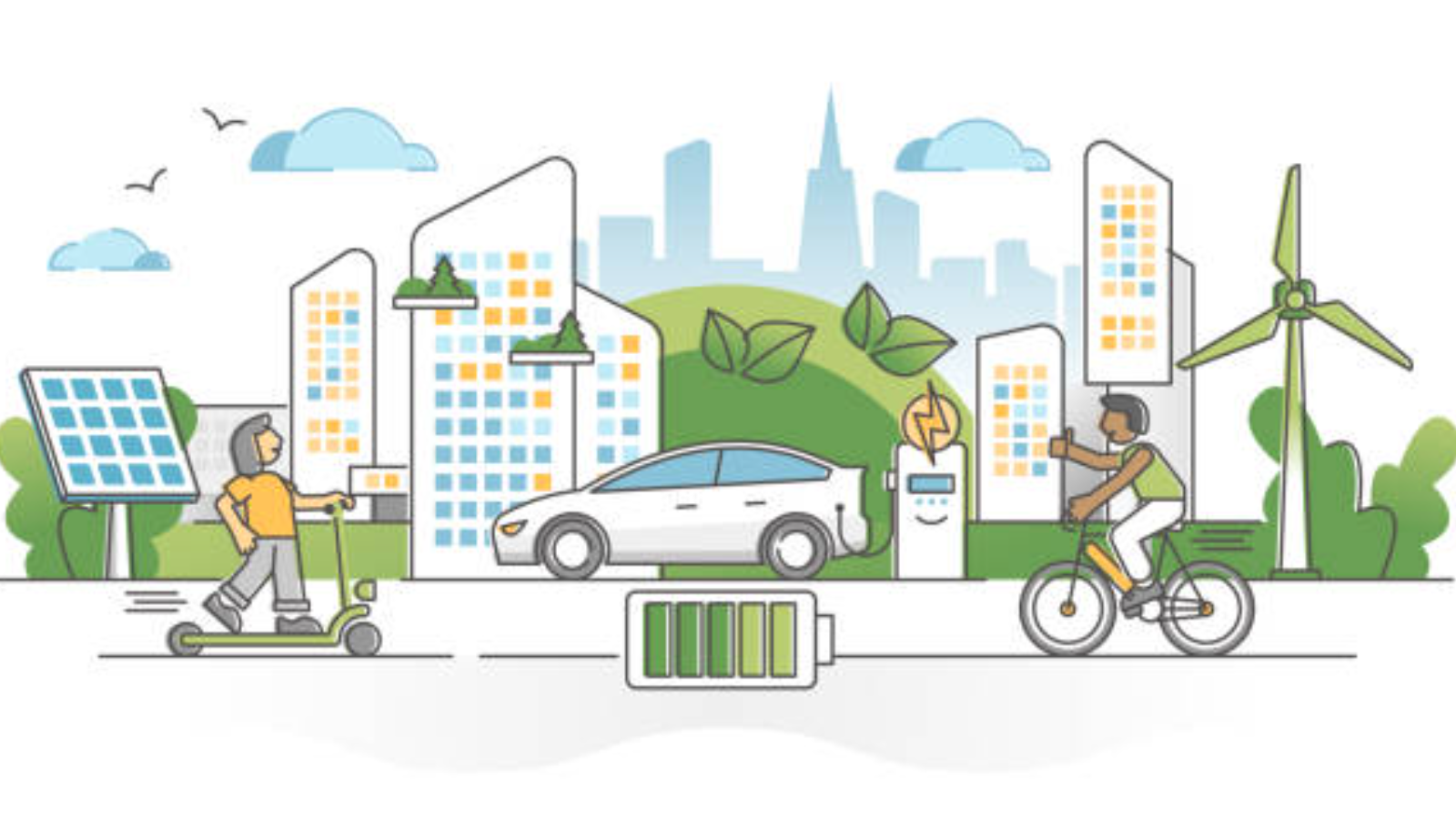In this Article
Introduction
In an era where urbanization is rapidly increasing, cities are evolving to become smarter and more efficient. A smart city leverages technology and data to enhance the quality of life for its residents, improve sustainability, and streamline urban services. But what exactly constitutes a smart city?
This article will delve into the top 8 smart city features that every smart city should have, focusing on how these elements contribute to a more livable, sustainable, and efficient urban environment.
Smart City Features
By focusing on these key features, cities can pave the way towards a smarter, more sustainable future. Here are a few key features:
1. Intelligent Transportation Systems
- Real-Time Traffic Management: Smart cities use real-time traffic management systems with advanced sensors to monitor and manage traffic flow efficiently. This reduces congestion, minimizes travel time, and lowers emissions.
- Public Transit Optimization: With the help of IoT and big data, public transportation becomes more efficient. Real-time tracking of buses and trains, dynamic scheduling, and integrated ticketing systems make commuting more convenient.
- Electric and Autonomous Vehicles: The adoption of electric and autonomous vehicles is a hallmark of smart cities. These vehicles contribute to reduced air pollution and enhanced safety on the roads.
2. Sustainable Energy Solutions
- Smart Grids: A smart grid is an electricity network that uses digital technology to monitor and manage the production and distribution of electricity. This ensures efficient energy use and reduces waste.
- Renewable Energy Integration: Smart cities prioritize the integration of renewable energy sources such as solar, wind, and hydroelectric power. This not only reduces the carbon footprint but also ensures a sustainable energy future.
- Energy-Efficient Buildings: Buildings in smart cities are designed to be energy-efficient, using smart thermostats, LED lighting, and advanced insulation materials to reduce energy consumption.
3. Efficient Waste Management
- Smart Waste Bins: Equipped with sensors, smart waste bins can monitor the level of waste in real time and alert the waste management services when they need to be emptied. This ensures timely collection and reduces overflow.
- Recycling and Waste Segregation: Smart cities implement automated systems for recycling and waste segregation, making the process more efficient and increasing recycling rates.
- Waste-to-Energy Technologies: Advanced waste-to-energy technologies convert waste materials into usable energy, reducing landfill use and contributing to the city’s energy supply.
4. Advanced Water Management
- Smart Water Meters: These meters provide real-time data on water usage, helping to detect leaks and promote water conservation.
- Water Recycling Systems: Smart cities implement systems to recycle and reuse water, reducing the demand for fresh water and ensuring a sustainable water supply.
- Stormwater Management: Advanced stormwater management systems prevent flooding and ensure that rainwater is efficiently collected and reused.
5. Enhanced Public Safety
- Smart Surveillance Systems: Using AI and machine learning, smart surveillance systems can detect unusual activities and alert authorities in real-time, enhancing public safety.
- Emergency Response Systems: Integrated emergency response systems ensure quick and efficient responses to emergencies, minimizing damage and saving lives.
- Community Policing Apps: These apps allow residents to report crimes and suspicious activities, fostering a collaborative approach to public safety.
6. Connected Healthcare Systems
- Telemedicine Services: Smart cities offer telemedicine services, reducing physical visits by allowing remote consultations with healthcare professionals.
- Health Monitoring Devices: Wearable health monitoring devices track vital signs in real-time, enabling early detection and intervention in healthcare.
- Integrated Health Records: Digital health records integrated across various healthcare providers ensure seamless and efficient patient care.
7. Smart Education Systems
- E-Learning Platforms: Smart cities adopt e-learning platforms that provide access to quality education resources, enabling continuous learning.
- Smart Classrooms: Equipped with interactive boards, tablets, and high-speed internet, smart classrooms enhance the learning experience.
- Data-Driven Education Policies: Using data analytics, smart cities can monitor educational outcomes and implement policies to improve the quality of education.
8. Digital Governance
- E-Government Services: Smart cities provide online platforms for various government services, making them more accessible and efficient for residents.
- Open Data Initiatives: By making data available to the public, smart cities promote transparency and enable residents to participate in governance.
- Citizen Engagement Platforms: These platforms allow residents to provide feedback and participate in decision-making processes, fostering a sense of community.
Conclusion
The journey towards becoming a smart city is a complex and ongoing process that requires the integration of various technologies and systems. By focusing on the top 10 features outlined in this article, cities can enhance the quality of life for their residents, promote sustainability, and ensure efficient urban management. The transformation into a smart city is not just about technology; it’s about creating a better, more livable environment for everyone.
How Can We Help?
AlphaX addresses urban challenges with intelligent transportation, sustainable energy, efficient waste management, and advanced water systems. Using technology and data analytics, we enhance public safety, healthcare, and education systems.
To learn more about how we can assist your city in becoming smarter, Contact Us.
References
Related Blog Posts
How Smart Cities Connect: Getting Started with Edge AI and IoT Technology
How to Get Started with Edge AI and IoT Technologies in Smart Cities: Overcoming Integration Challenges In recent years, the concept of smart cities has evolved from a futuristic Read More
5 Step Strategy: Ensuring Security and Privacy in 15-Minute Smart Cities
Introduction Ensuring security and privacy in 15-minute smart cities is a critical challenge as urban areas become increasingly connected through IoT and edge AI technologies. These cities aim to Read More
What is a smart city and the challenge of legacy systems
How to Get Started with Integrating Legacy Systems in Smart Cities Smart cities are transforming urban landscapes by leveraging technology to improve the quality of life for residents. However, Read More




